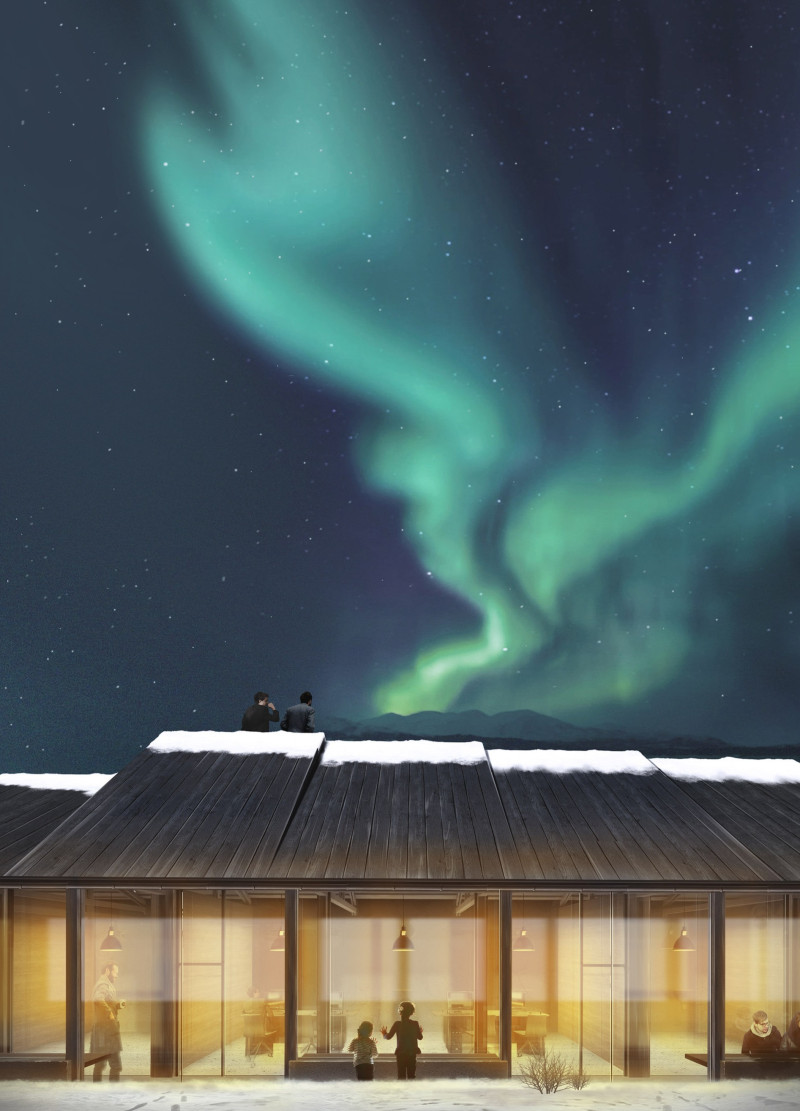5 key facts about this project
The Volcano Museum in Mývatn, Iceland, integrates architecture and mythology within its design. It is located in an area known for its natural beauty and geological significance. The museum serves as an educational site, providing insights into volcanic activity and connecting visitors to Icelandic folklore through the theme of the Bifröst bridge. The design embodies simplicity and harmony, creating a structure that resonates with the landscape around it.
Conceptual Framework
The design focuses on engaging with the environment while reflecting the shapes found in Iceland's terrain. Inspiration is drawn from volcanic forms, which reinforces the museum's relationship with its geographical context. This minimizes visual disruption and creates a dialogue between the building and the site, conveying both geological and cultural narratives.
Functional Arrangement
The layout of the Volcano Museum includes several areas for different purposes. There are meeting rooms, coworking spaces, private offices, an information area, a café, and an exhibition hall. This design facilitates easy movement for both visitors and staff. Gaps between the structures enhance navigation and provide views of natural attractions, such as the aurora, enriching the museum experience.
Architectural Language
The design reflects traditional Icelandic architecture, mixing contemporary elements with regional motifs. While specific materials are not mentioned in the presentations, the aesthetic suggests a preference for features that resonate with the local environment. This effort highlights the relationship between people and nature, fostering an appreciation for the surrounding landscape.
The gaps between the structures serve as openings and paths, encouraging visitors to engage with the environment. This thoughtful design invites exploration of the site's natural beauty and aligns the museum's mission with an engaging, immersive experience.






















































